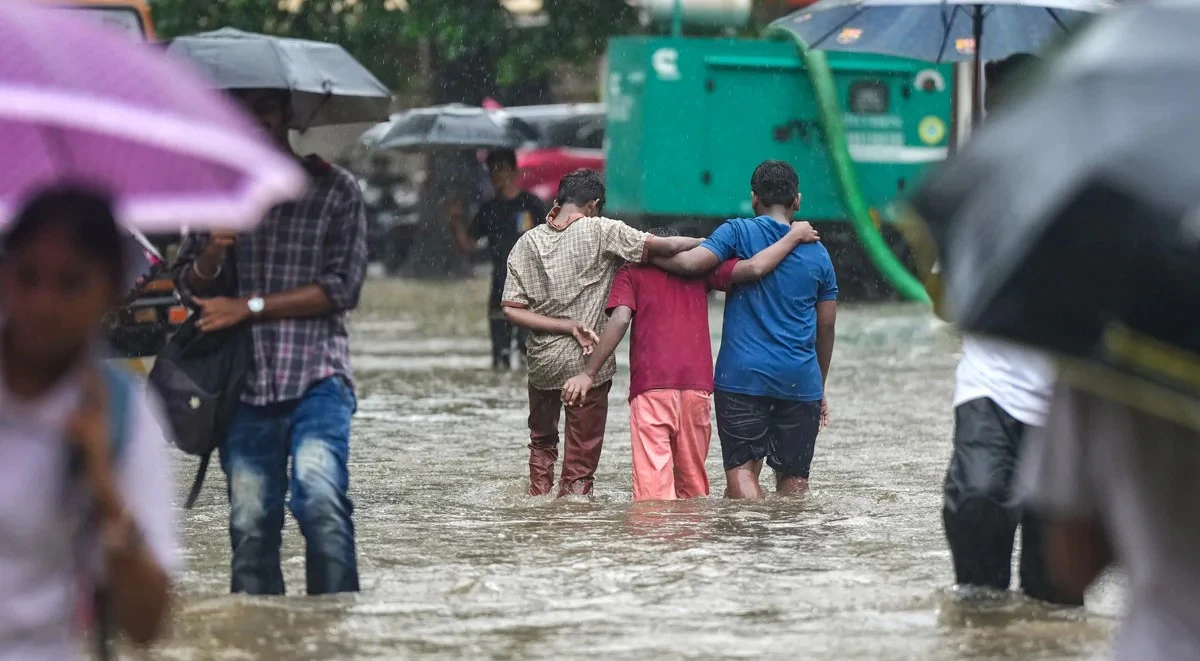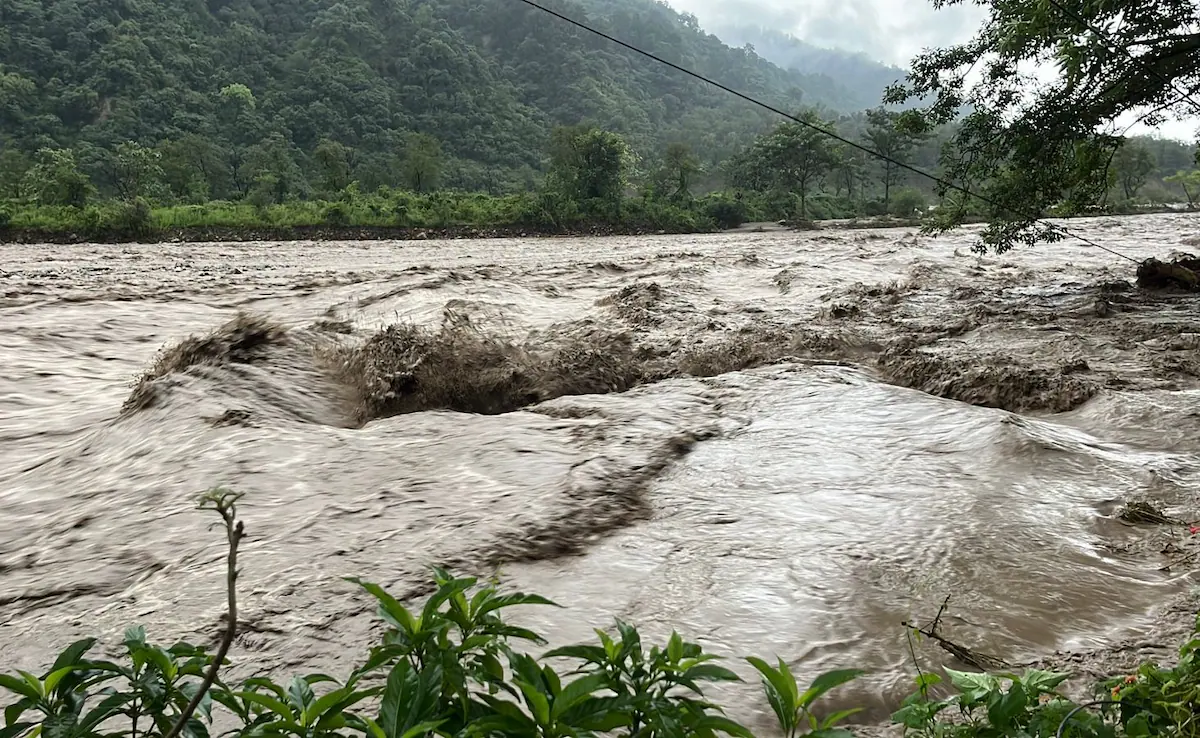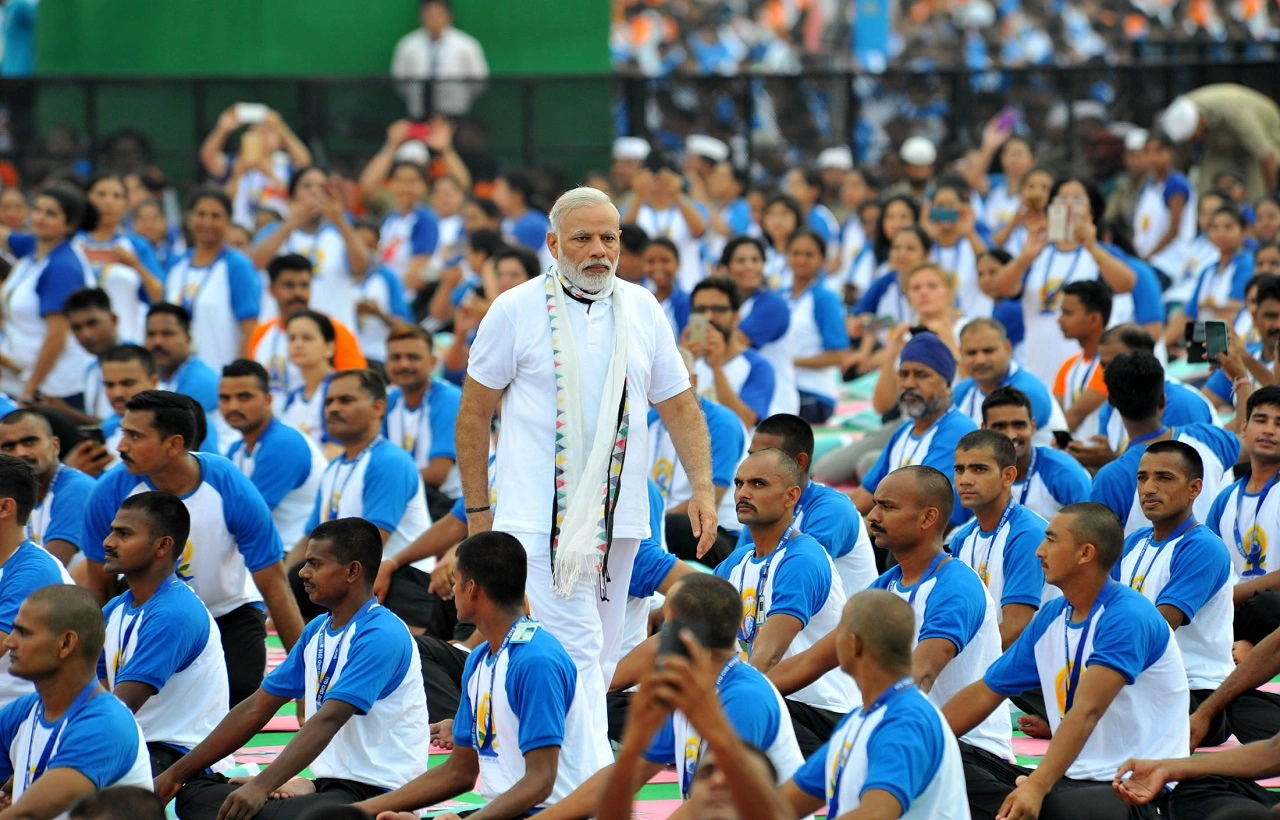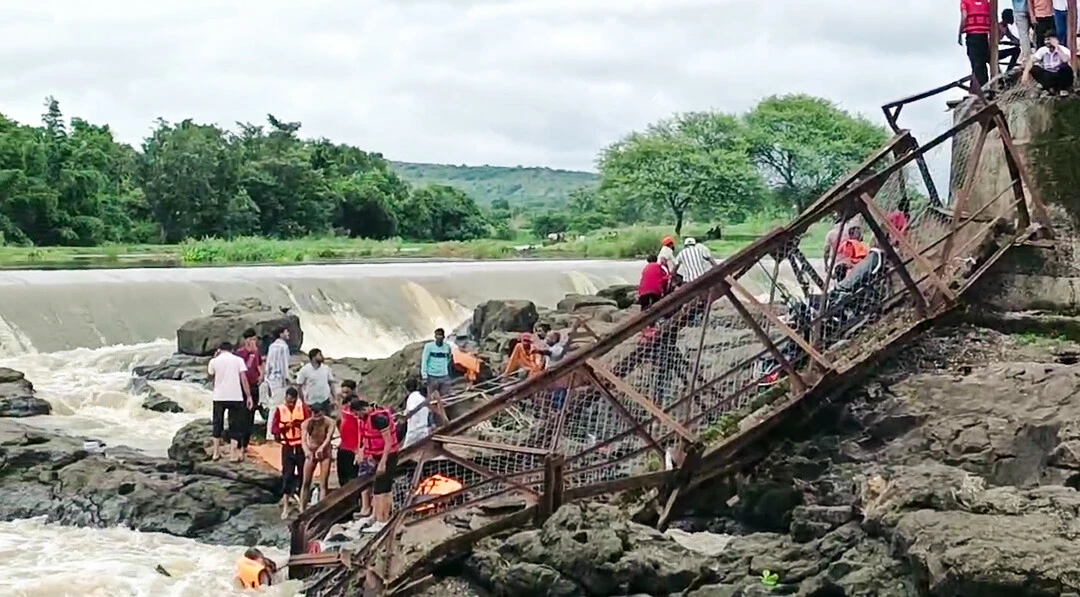Mumbai Rains May 2025: Heavy Showers Cause Flight Delays, Train Disruptions, and Road Blockages
As monsoon season officially makes its presence felt in Maharashtra, Mumbai woke up to a chaotic Monday on May 26, 2025. Torrential downpours lashed the city, leading to widespread waterlogging, disrupted train services, delayed flights, and traffic snarls across major roads. The India Meteorological Department (IMD) has upgraded Mumbai’s weather status from a yellow to an orange alert, signaling that heavier rains are likely to continue over the next 48 hours. Commuters, travelers, and residents are being advised to exercise caution and stay updated with official alerts as the city tackles its first major rain challenge of the season.
At Chhatrapati Shivaji Maharaj International Airport, flight operations were thrown off schedule due to poor visibility and runway water accumulation. Several flights were delayed while some were outright canceled. Airlines including IndiGo, Air India, and SpiceJet issued advisories urging passengers to check flight statuses before heading to the airport. Passengers at terminals reported long waiting hours, with air traffic controllers operating under strict weather protocols to ensure safety. Airport authorities are on high alert and coordinating with airlines to manage passenger concerns and reschedule affected flights.
Train travel, the city’s lifeline, was not spared either. The Central and Harbour lines witnessed delays ranging from 5 to 10 minutes during peak hours. Low-lying stations like Byculla, Masjid, Kurla, Dadar, and Badlapur reported waterlogged tracks, prompting slower train movements and increased wait times for daily commuters. Western Railway fared slightly better but also experienced reduced speeds and minor delays. Local rail officials confirmed that trains are being operated cautiously in flood-prone sections. Emergency teams have been deployed to monitor signal cabins and drainage points to prevent major shutdowns.
Road travel has become a test of patience for thousands of Mumbaikars. Several arterial roads and junctions reported waterlogging early in the morning, including prominent locations like Dadar TT, Mahim Causeway, Parel Circle, Kalachowki Junction, and Bandra East. Motorists faced bumper-to-bumper traffic in many parts, with civic bodies deploying pumps to drain out stagnant water. The BEST bus service was forced to divert some of its routes, adding further strain to the daily rush-hour commute. Ride-hailing services witnessed a surge in demand, and fares soared as fewer vehicles braved the flooded streets.
The Brihanmumbai Municipal Corporation (BMC) has activated its monsoon emergency protocols, including opening disaster control centers and alerting ward offices. Cleanup crews have been deployed in vulnerable zones, and pre-installed water pumps were activated in low-lying neighborhoods. Citizens have been asked to report waterlogging and tree fall incidents via the BMC helpline. Despite preventive measures, the early downpour revealed gaps in drainage readiness, drawing criticism from citizens and local representatives.
Meteorologically, the IMD has forecast continued thunderstorms accompanied by gusty winds and heavy rainfall for the next 48 hours. The transition from a yellow to orange alert underscores the seriousness of the weather conditions. Mumbai, being a coastal city, is especially prone to flooding during the initial days of the monsoon when the ground is not yet fully saturated. The IMD’s radar readings indicate the presence of a strong westerly system over the Arabian Sea that is fueling the intense cloud formation.
In the suburbs and adjoining areas of Navi Mumbai, Thane, and Kalyan, similar weather patterns were reported. Schools in certain zones issued early dismissals or switched to online classes as a precaution. Housing societies have begun issuing advisories to residents about power outages and elevator use during rains. Grocery stores and fuel stations saw higher than usual footfall as people stocked up on essentials in anticipation of more rain.
On social media, #MumbaiRains trended for hours with users sharing updates, traffic visuals, memes, and warnings. Photos and videos of submerged roads, waterlogged rickshaws, and overflowing drains were widely circulated. Some residents praised the civic response, while others highlighted gaps in infrastructure planning.
Despite the chaos, there were no major casualties reported as of now, and disaster management teams remain on standby. Local authorities have asked people to avoid unnecessary travel, keep emergency contacts handy, and avoid walking through flooded streets due to open manholes and electrocution risks.
Mumbai’s resilience during monsoon has been tested year after year, and 2025 is no exception. While the rains brought much-needed relief from summer heat, they also served a reminder of the challenges the city faces with drainage infrastructure and rapid urbanization. Authorities have urged citizens to cooperate during this early monsoon phase, stay indoors unless necessary, and monitor weather bulletins from credible sources.
As Mumbai continues to brace for more rain, the focus now is on minimizing disruptions, ensuring safety, and maintaining the rhythm of daily life in India’s bustling financial capital.









